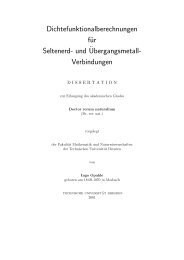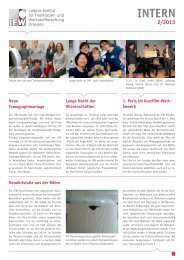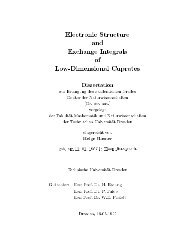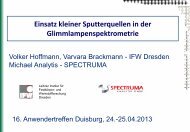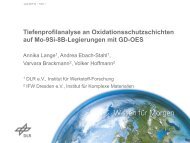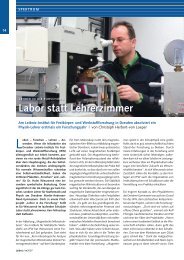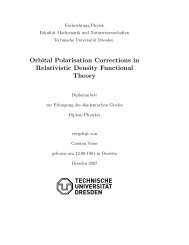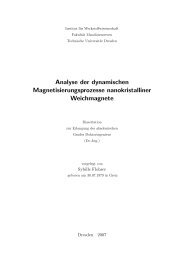ALBERTO BOLLERO REAL
ALBERTO BOLLERO REAL
ALBERTO BOLLERO REAL
You also want an ePaper? Increase the reach of your titles
YUMPU automatically turns print PDFs into web optimized ePapers that Google loves.
5.1 Nanocrystalline powder processing<br />
The HDDR process utilizes a reversible hydrogen induced phase transformation<br />
which yields highly coercive NdFeB- and SmFe-type powders, very suitable for the<br />
production of both bonded and fully dense hot pressed permanent magnets [103-105]. In<br />
the case of Nd 2 Fe 14 B, according to equation (5.1) the conventional-HDDR process consists<br />
of two stages: firstly, the disproportionation into a finely divided mixture of neodymium<br />
hydride, iron and ferroboron typically at 800°C and 10 5 Pa hydrogen and secondly, the<br />
desorption at a similar temperature leading to the recombination of the original Nd 2 Fe 14 B<br />
phase, but now with a much refined grain size.<br />
Nd 2 Fe 14 B + (2 ± δ)H 2 ⇔ 2NdH 2 ± δ + 12Fe + Fe 2 B ± ∆H (5.1)<br />
The value of δ depends on temperature and hydrogen pressure and ∆H is the reaction<br />
enthalpy. The reactive milling technique applied in this work is shown schematically in<br />
Fig. 5.1. It is performed in the same way as the intensive milling technique but now argon<br />
is substituted by hydrogen at high pressure and the milling is performed at enhanced<br />
550 - 850°C<br />
II<br />
temperature<br />
I<br />
~ 300°C<br />
vacuum<br />
~ 5 × 10 5 Pa<br />
hydrogen<br />
time<br />
Fig. 5.1: Schematic representation of the reactive milling procedure (I) and the subsequent<br />
recombination step in a vacuum furnace (II).<br />
temperature. The milling creates new surfaces to absorb the hydrogen. The energy input<br />
via the ball collisions might lead to local temperature peaks providing the kinetics for<br />
metal atom diffusion. The result is a very effective hydrogenation and a subsequent<br />
disproportionation of thermodynamically very stable compounds due to the high pressure<br />
37



